Tiny pointed hats
A theme for upcoming accessories trends
In Amsterdam, there is a specific cafe in the Jordaan where you can go for the best outfit spotting (it’s Toki). Is it overdone? Yes. Does it need free advertising? Certainly not. But while other neighbouring cafes have implemented laptop-free zones, days, hours or slap you with a “Can I get you anything else?” every 45 minutes - the Toki employees have always maintained a blissful ignorance to my existence as I click-clack away at my laptop.
The only benefit of this cafe that can rival being ignored is the outfits. So — my boyfriend and I have had a joke for the past two (maybe three) years that when we see a great outfit out and about that that would get you a free Toki coffee. Whether it’s fur-lined camouflage crocs, spykids sunglasses, or a handbag that the wearer could curl up and fit inside — for years we’ve been looking knowingly at each other saying ‘free coffee’. To preface: This is not really true, they do not give free coffee for cool outfits, although a handful of the regulars are really really well-dressed and probably deserve it.
Two years ago me and said boyfriend were on holiday in Florence and went to a series of museums, villas, palazzos, and other variations on the activity of walking around old, dead, rich people’s houses (it is my favourite thing to do). While admiring the renaissance and medieval art, we made a handful of jokes about how different medieval pieces of clothing would definitely get you a free Toki coffee — from the pointed shoes, to the chainmail hoods, to the tiny knitted hats that tie under the chin (which I have since learned are called coifs).
Not even a one month later, I was laptoping away at Toki when who sat beside me but a fashionable Toki regular wearing a COIF. It was burgundy, knit, tied under the chin, and came to a point at the back, paired with this regular’s signature White Trash American but Make it Fashion © look.
As a side note: I am fully convinced that Troye Sivan’s entire new aesthetic was lifted from this regular.
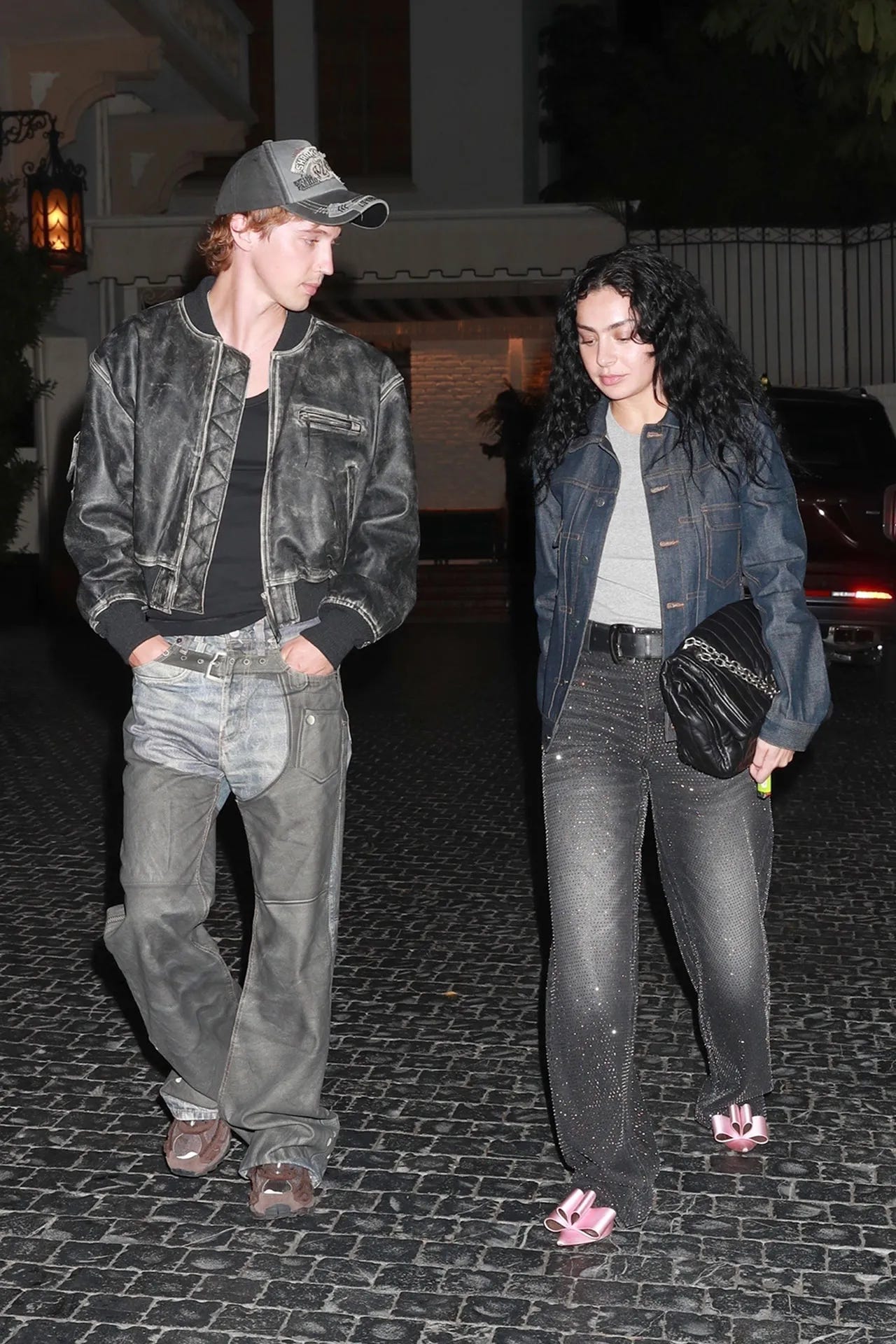
Now, I wasn’t running Style Analytics at the time and the hat wasn’t particularly my style, so I didn’t really give it a second thought.
However, two pieces of media and my entire Pinterest feed right now have made me think that this guy was onto something.
First, the Cut released an article on how all of the IT girls are wearing medieval headpieces, calling the medieval headpiece trend an extension of the ‘tiny little hat’ trend we saw last winter.
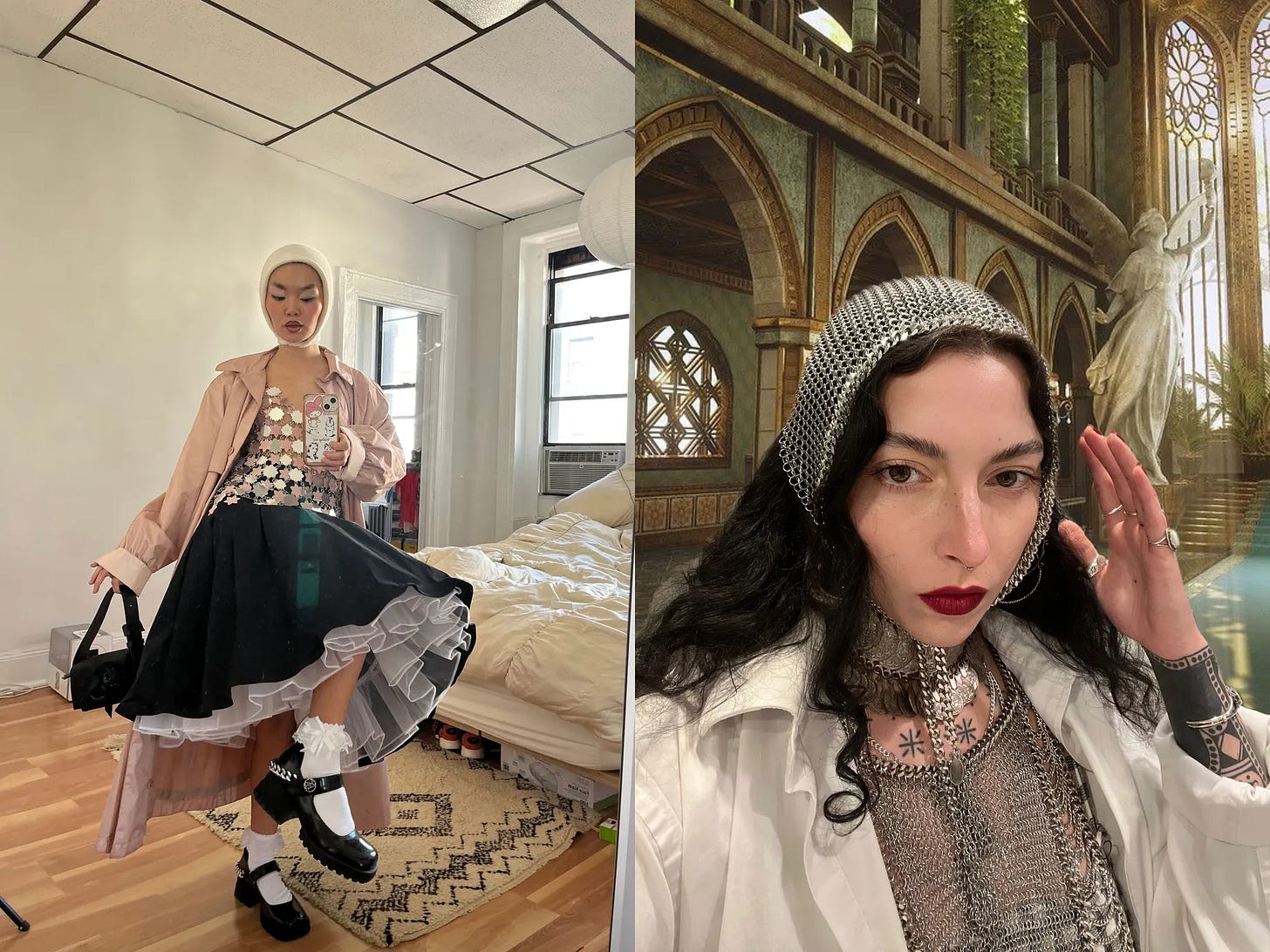
Second, Morning FYI’s Burn After Reading newsletter put out a piece outlining 6 pieces of evidence for our increased cultural interest in medieval design, covering the trend across branding, graphic design, and fashion. Go read this article — the evidence I provide is really just building off of the research and cultural references they’ve already outlined.
In addition to what has already been written about this trend, I’ve also noticed that several fashion-forward people and parties are using medieval references for their costumes and themes. For example, we have Emma Childs, editor at Marie Claire Magazine in her Joan of Arc Halloween costume in 2023.
We also have medieval times as the entire theme of Thy Slaughter’s latest EP release (a PC music artist) — with other artists like Caroline Pollachek and Danny L Harle dressing to the theme for the release party.
We’ve also seen a number of up-and-coming artists like Estoc making the medieval look a part of their stage persona.
Now that you have all of the evidence — what does this mean for the everyday wearer? And is this trend wearable at all? Well — it depends on how deep you want to go.
The original knitted hat, similar to the coif I spotted two years ago, with a modest point that ties under the chin is a very wearable version of this trend. We have already seen this one on a handful of influencers last year, but my guess is that they will continue to grow in popularity throughout FW24.
Even more wearable and less medieval is the knitted bonnets that went viral last winter thanks to Paloma wool.
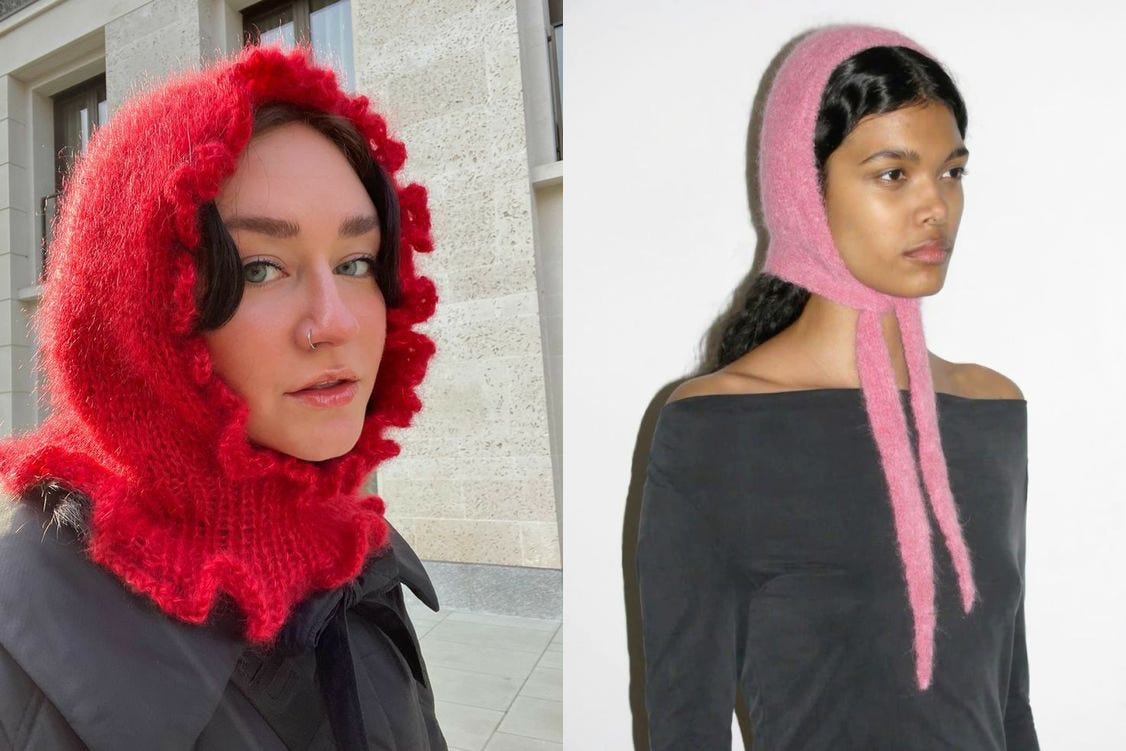
Next is the chainmail headdress. While this one can be dramatic, creators/brands like River McCall make beautiful, dainty, wearable versions — available here. This is also one that you do not have to wait until next winter to wear.
 Tiktok failed to load.
Tiktok failed to load.Enable 3rd party cookies or use another browser
Finally, we have the lace bonnets and headdresses. These are less strictly medieval and also reference the 1800s, 1920s, and (lol) 2020s cottagecore.
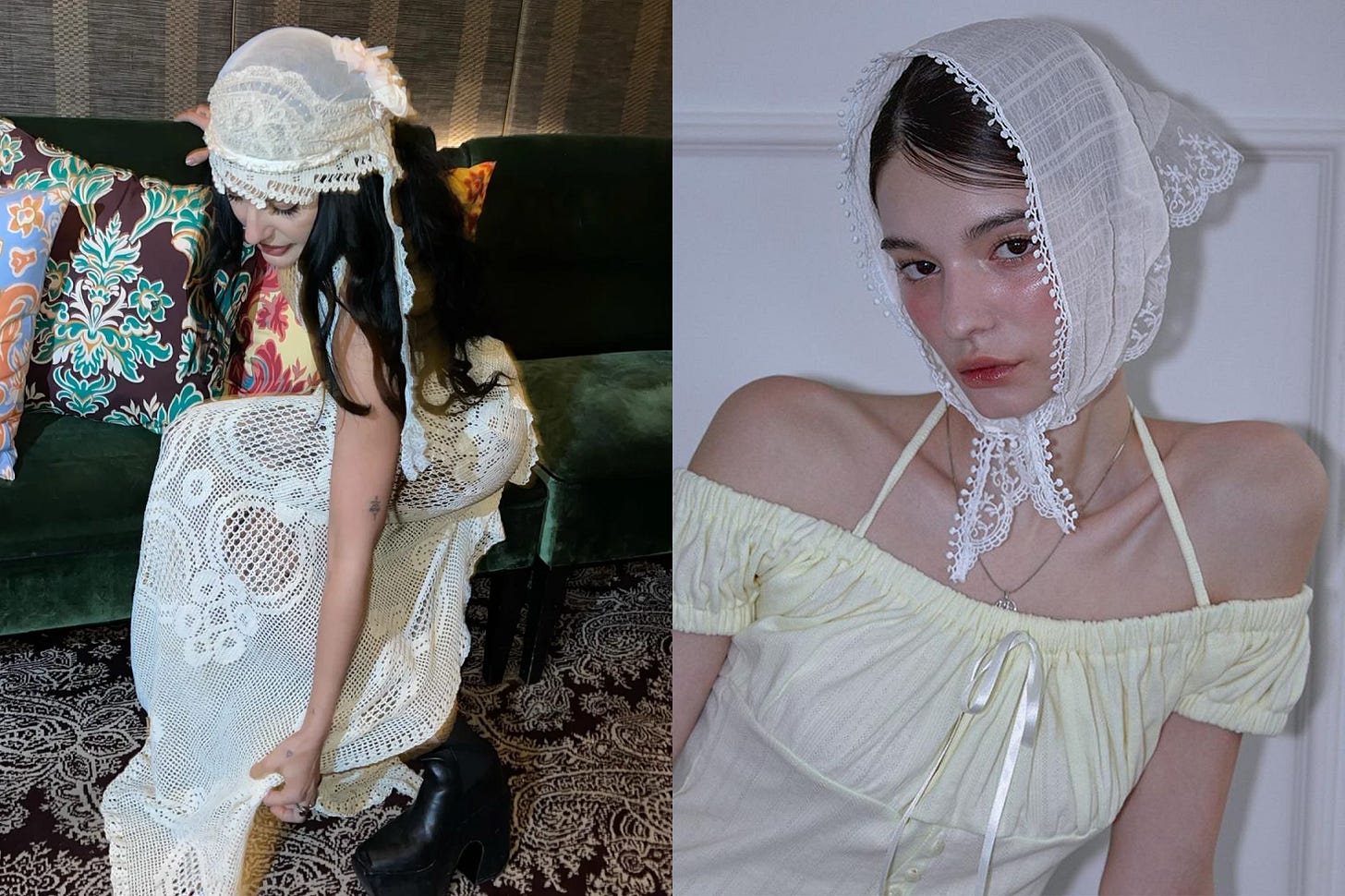
As always, a trend is usually not just about a single piece or aesthetic but often reflects an underlying cultural movement. In my opinion, the ugly shoe trend as well as the medieval headpiece trend reflects our contradicting needs for both in-group inclusion while also establishing ourselves as individuals. This is called the Optimal Distinctiveness Theory. Essentially, in a mass of online content and trends, it seems to be increasingly difficult to feel unique in our sense of style without completely ostracising ourselves from the wider group. In this case, adding a unique headpiece or weird shoe to your outfit offers a low-risk way of establishing our sense of style, and ourselves, as unique. But this could be an entire article in itself — and maybe something for the future.
Thanks for reading!




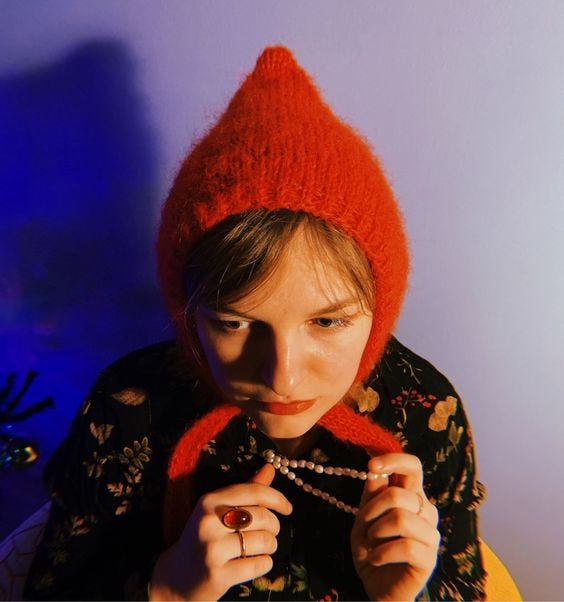
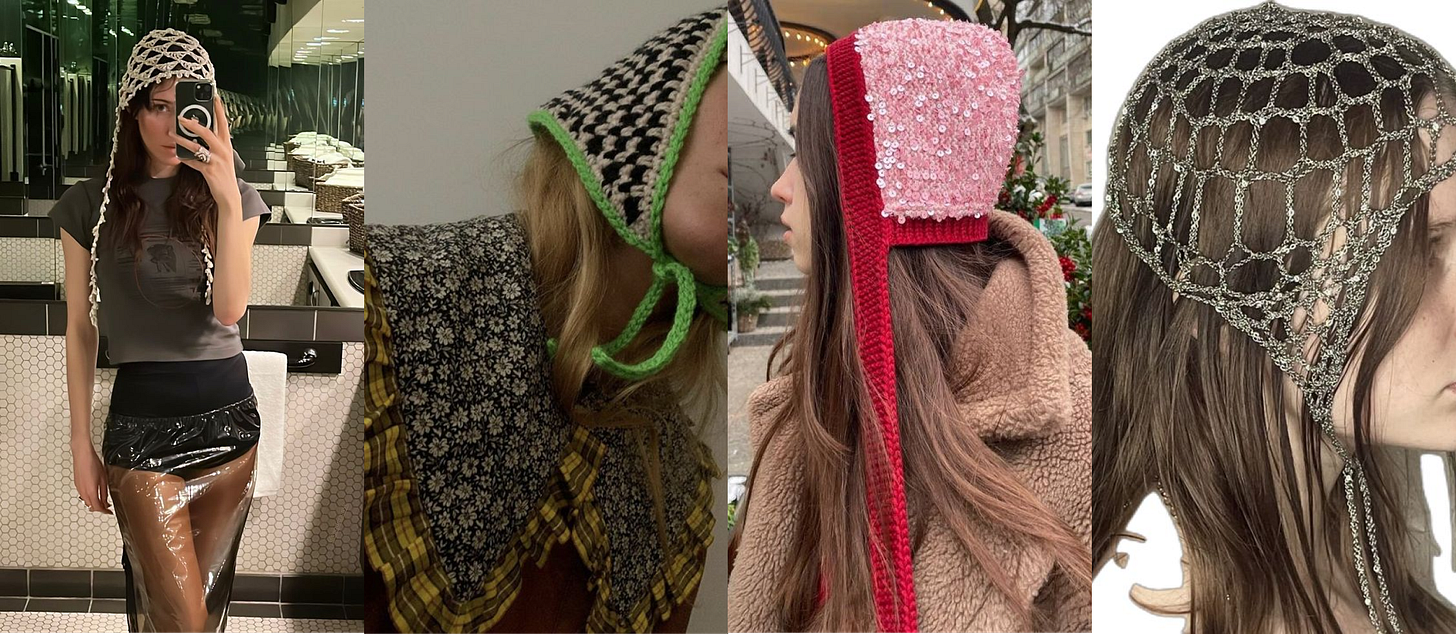

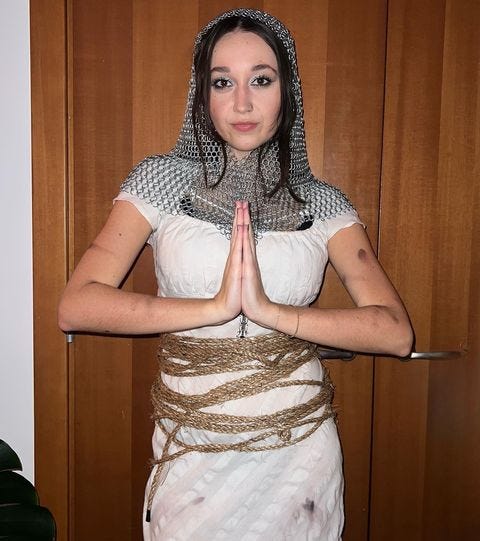
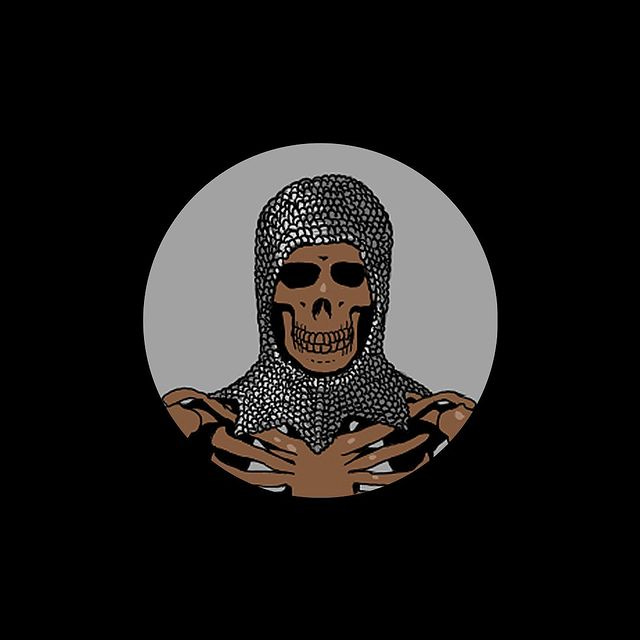
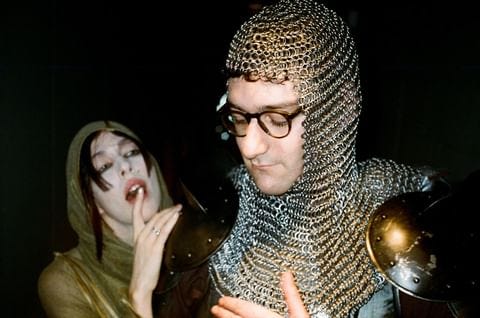
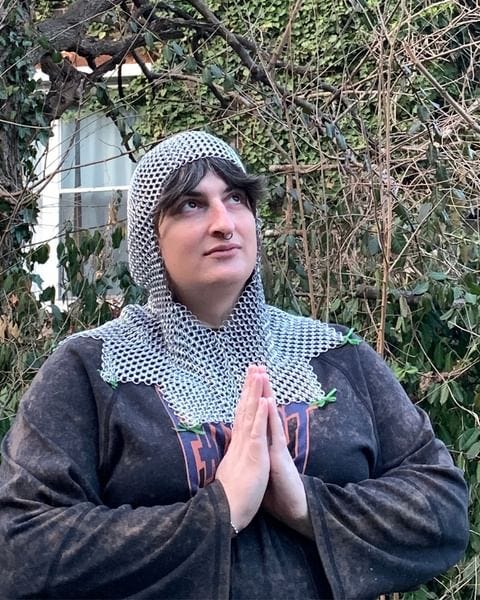
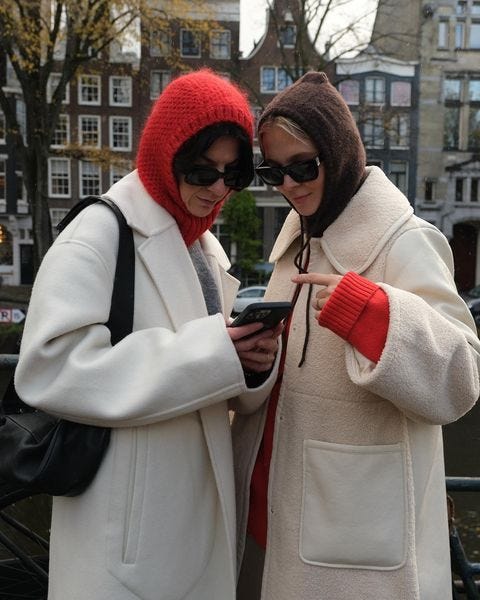

tunnel vision on medieval accessories starting now. also knitting my own tiny hat
Now inspired to immediately seek out a wool bonnet.